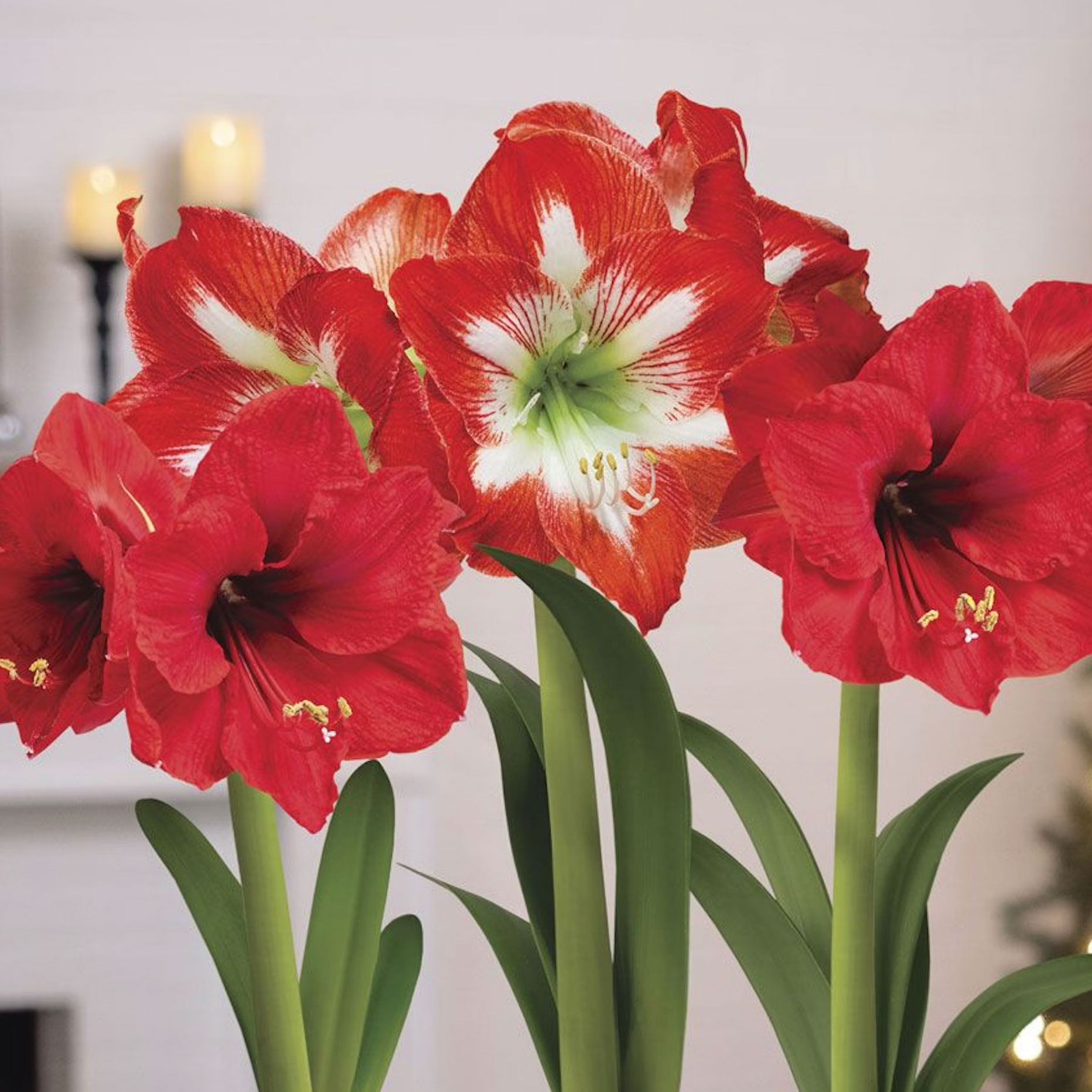Fancy Christmas Flowers Other Than Poinsettias? Try These 6 Joyful Blooming Alternatives
The holiday season seems synonymous with poinsettia plants, but if you’re keen to broaden your festive floral horizons, why not try these cheerful holiday bloomers?
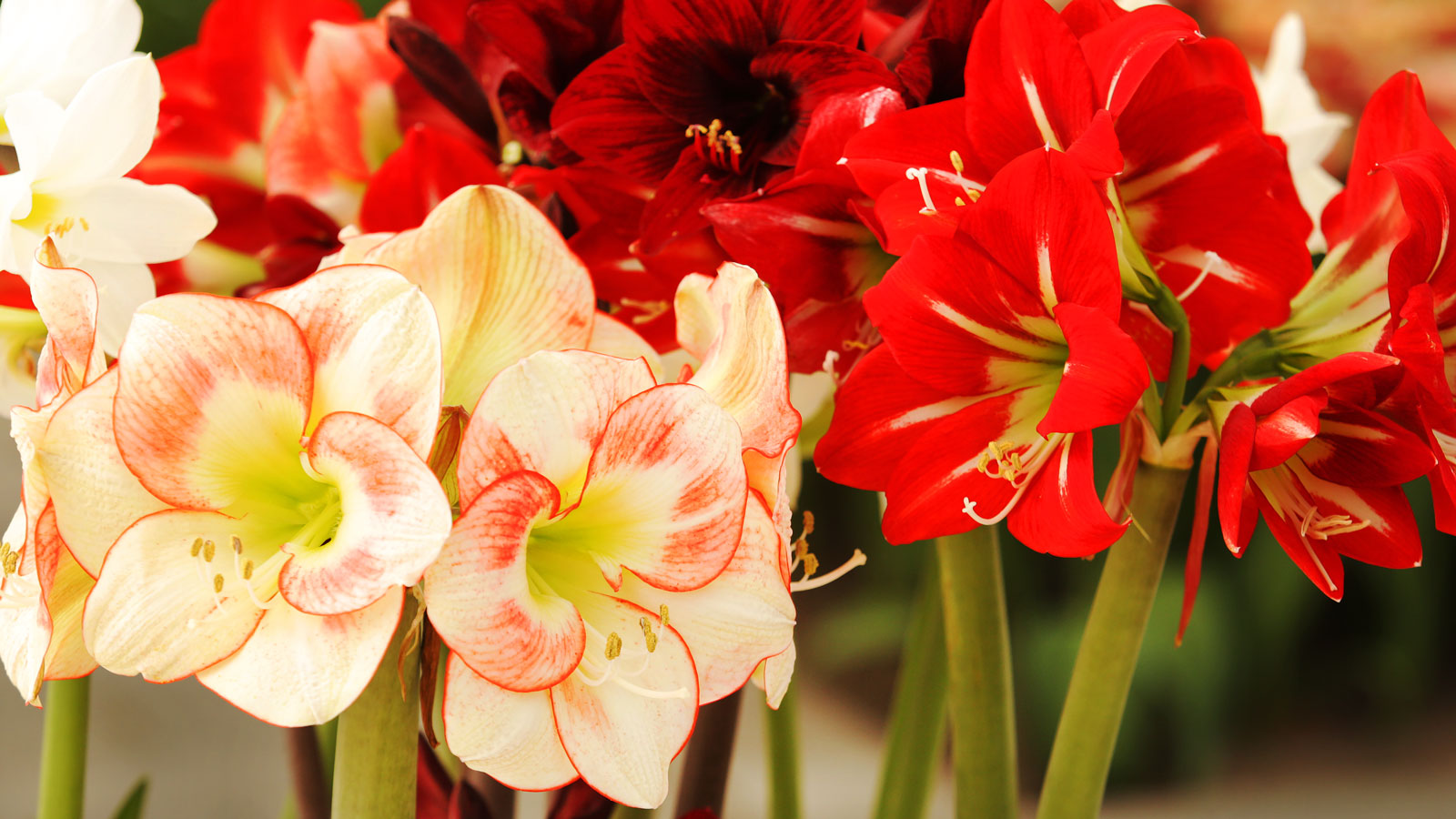
Many people use poinsettias to add a dash of color to the home during the holiday season, but what about Christmas flowers other than poinsettias? Like others, I am not overly fond of their unreliable papery bracts, so if you also seek an alternative to poinsettias, you’ve come to the right place. Luckily, there are plenty of poinsettia alternatives that can brighten the holidays, both as gardening gifts and as a way to bring a little of the great outdoors inside. Want to try something new this festive season? Keep reading to learn about alternatives to poinsettias…
Striking Seasonal Poinsettia Alternatives
For some people, poinsettias are a must when decorating for the holidays, but other folks like to spice things up and change their interior decor. For those people who are searching out the most dynamic but also reliable and long-flowering poinsettia alternatives, I present my favorite festive options. Whether you’re looking for something to add the wow factor to a holiday porch or simply a great gifting idea for your holiday wishlist, you’re sure to find something here to brighten the season.
1. Amaryllis
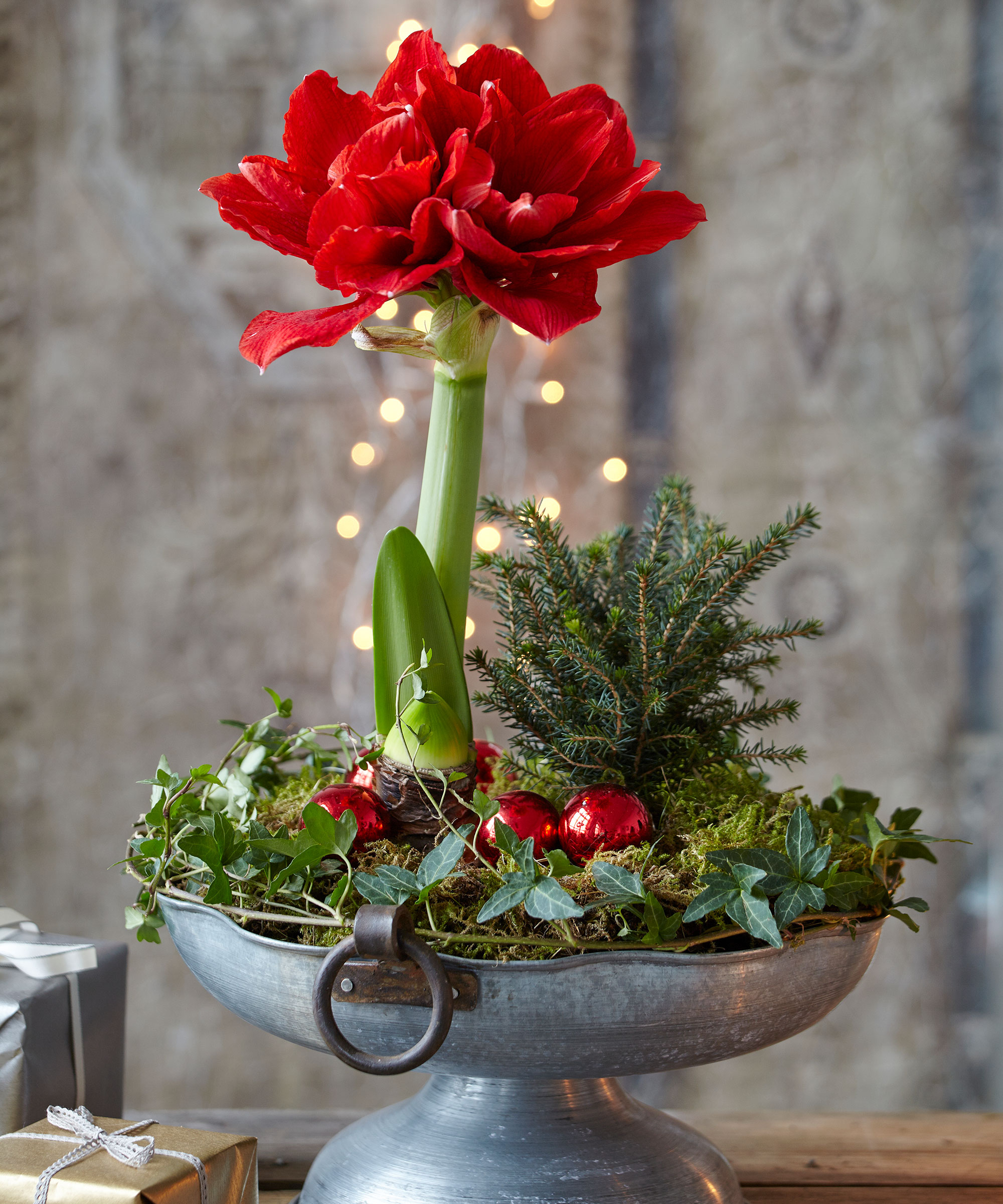
Amaryllis has become the quintessential poinsettia alternative, and a staple flower for the holidays. The bulbs are easily available prior to the season in a multitude of colors. They are rapid growers with large impressive trumpet-shaped flowers, typically blooming 6-12 weeks after planting, depending on variety. For a continuous show, plant several varieties that will enchant you with blooms for months.
When you grow amaryllis, you’ll find these South African natives can also be kept post-bloom as houseplants and then with a little bit of additional care, encouraged to bloom yet again the following season. In fact, I have several that bloom reliably twice a year; once around Christmas time and then again in the early summer.
Look to grow varieties like Jackson & Perkins’ spectacular Winter Watch Double Alfresco, a fabulous double-petaled white bloomer, or their classic red Sweet Memories Single Red Lion, both available from the Gardening Know How Shop. If you really want to mix it up and veer from tradition, amaryllis even comes in orange hues, like Orange Sovereign or Naranja.
2. Christmas Rose (Hellebore)
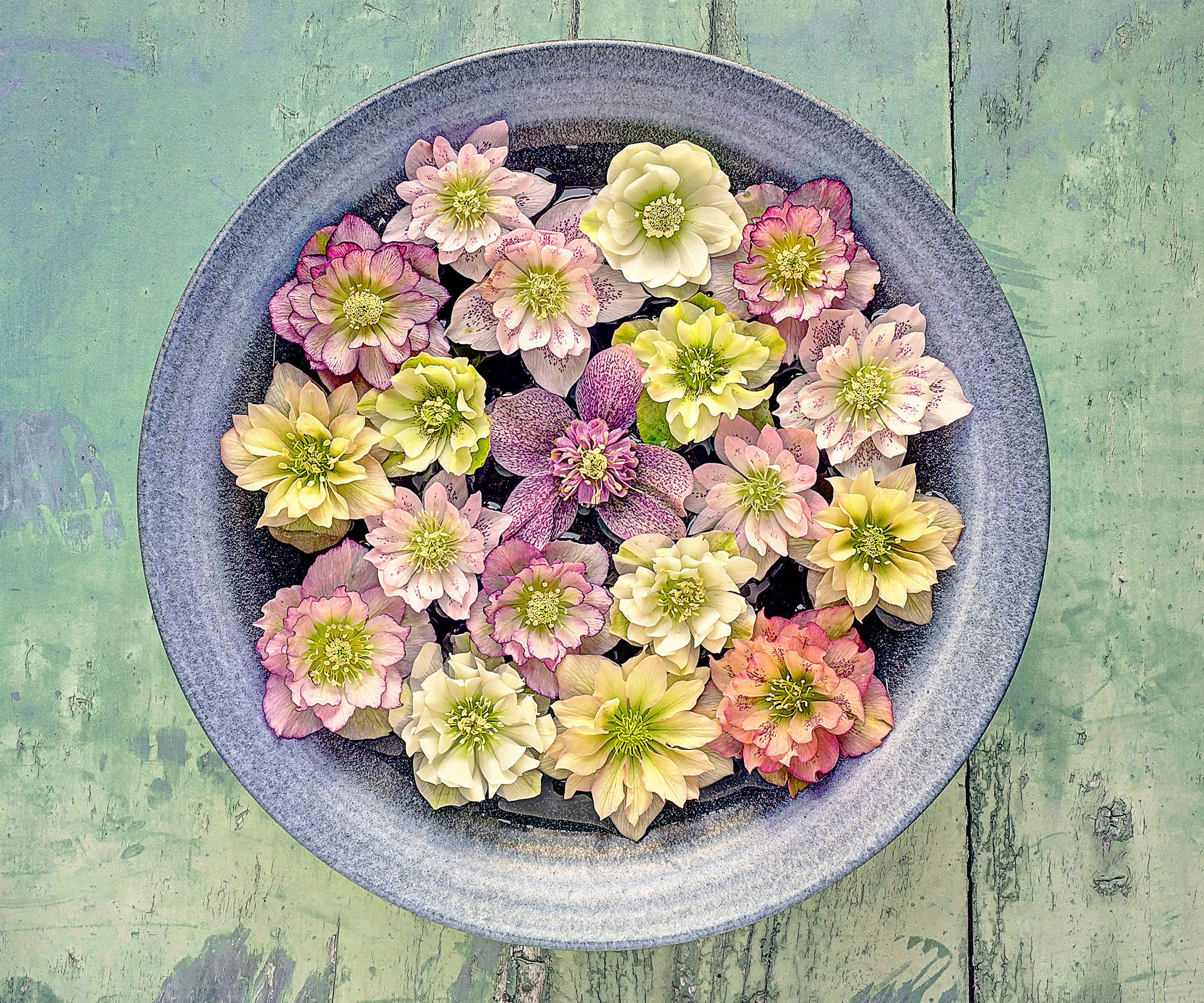
The Christmas rose (Helleborus niger) is a Hellebore variety that can be grown either indoors or outside in USDA zones 5-8. This beautiful evergreen blooms and is often given as gifts during the Christmas holiday season. Look for varieties like Ivory Prince from Green Promise Farms, available from the Gardening Know How Shop, whose creamy white flowers are dusted with a hint of pink and green.
To grow the Christmas rose (aka the hellebore) as an indoor plant, it is best to move it outdoors once it has bloomed. Keep in a container larger than the root ball, with excellent drainage. Inside, place the plant in a cool area of the home with indirect sun to partial shade. Water only when the top inch (2.5 cm) of soil is dry to the touch. Fertilize monthly during April-September with a balanced houseplant fertilizer.
Sign up for the Gardening Know How newsletter today and receive a free copy of our e-book "How to Grow Delicious Tomatoes".
Proper care of the plant will reward you with beautiful large, white blossoms that can last for up to two weeks. Once the plant blooms, plant it outside in a shaded area with humus-rich, well-draining soil.
3. Cyclamen

Despite their diminutive size, these winter-blooming cuties offer a big splash of color. A tuberous perennial, cyclamen (Cyclamen persicum) thrives both as a houseplant and outside as a low-growing plant in USDA zones 9-11. You can grow cyclamen not only for their gorgeous heart-shaped leaves, often adorned with silver, but also for the brilliantly hued blooms of red, pink, purple and white.
These plants are popular choices for winter containers and can keep their charms for weeks in cooler climes. Warm temperatures thrust cyclamen into dormancy, so if you want yours to bloom, keep it in a cooler area of the home in bright but indirect light. Cyclamen should be planted in rich, well-draining, slightly acidic soil. Add some peat moss to regular potting soil.
Water the plant when the top inch (2.5 cm) of soil feels dry to the touch, at the base of the plant. Take care not to wet the leaves. It does like some humidity, so place the container on a saucer filled with pebbles and water.
4. Paperwhite Narcissus
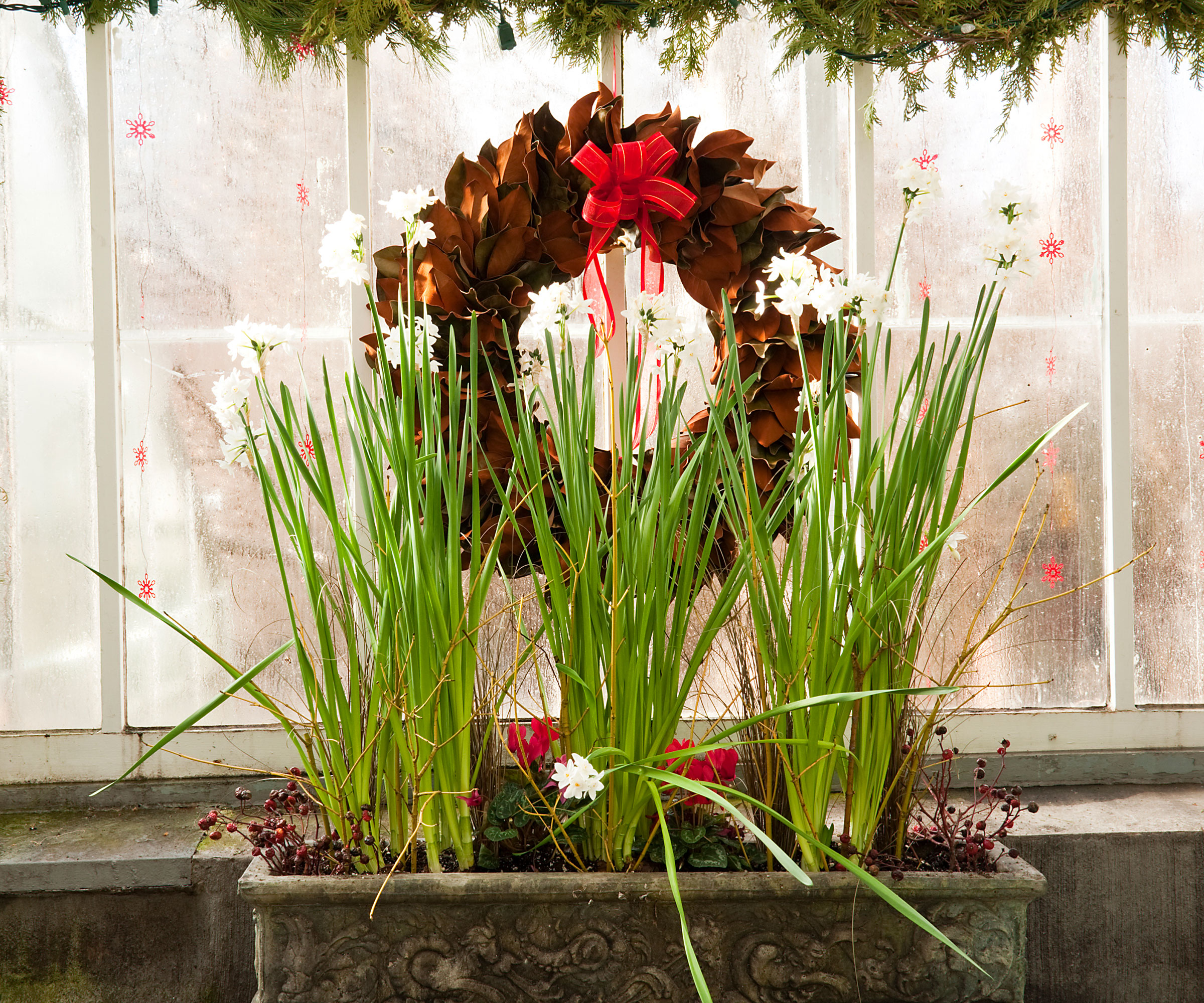
Their delightful aroma alone is enough to warrant forcing narcissus in time for the holidays. Because paperwhites don't require chilling to encourage bloom, they are one of the easiest bulbs to force. Like other narcissus, paperwhite plants may be single or double-petaled. They bloom pure white or a bit creamier, sometimes with yellow cups or even entirely yellow.
Plant paperwhites in a well-draining potting medium with the bulbs pointing up. Place the bulbs close together, yet not touching. Make sure the tips of the bulb are exposed outside of the soil. You can also start these bulbs in gravel, marbles or pebbles rather than soil, with just the root end touching the water. The bulbs will bloom 4-8 weeks from planting.
5. Anthurium
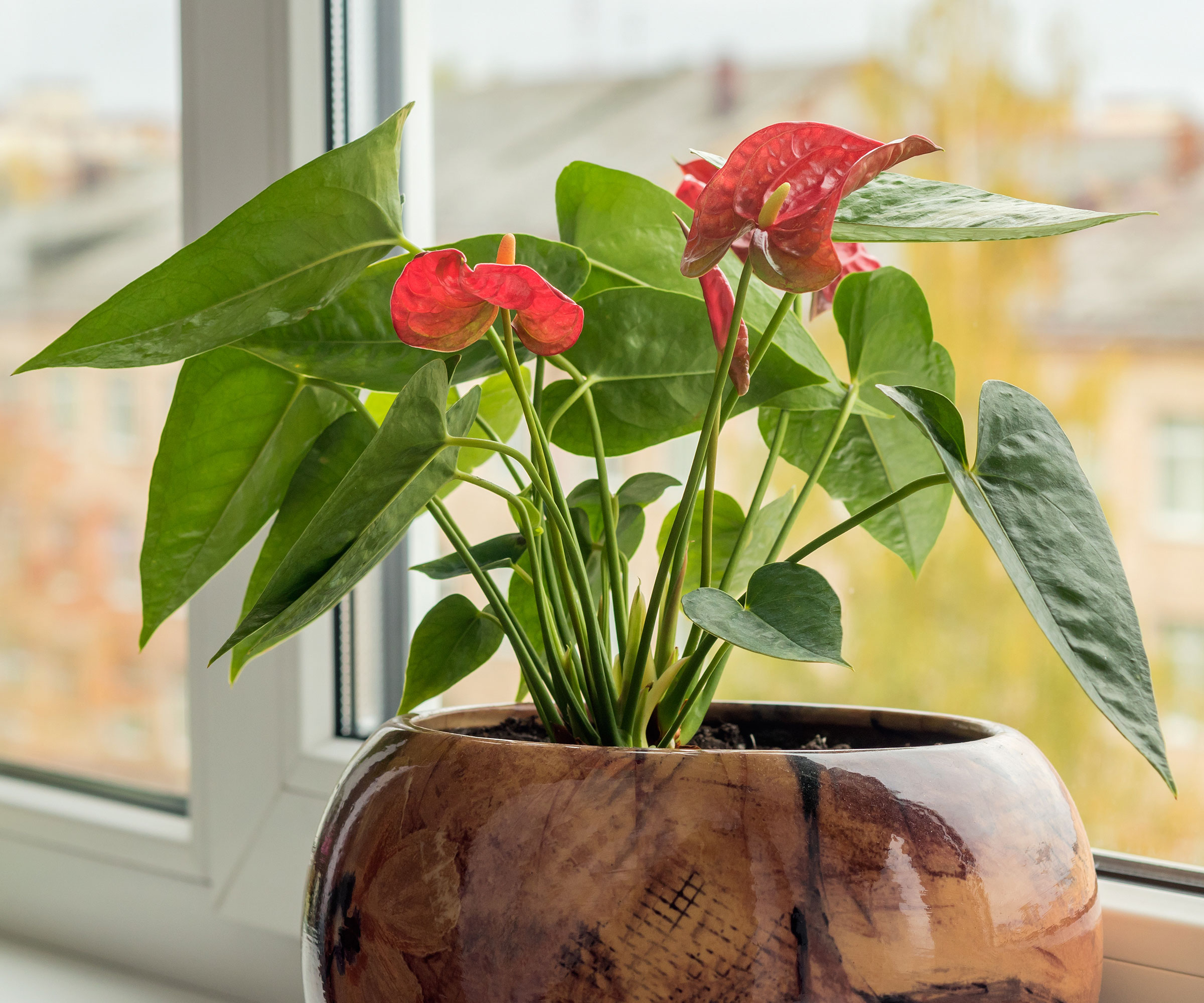
Anthurium is a tropical plant that can be grown in USDA zones 10 and up. As such, they thrive as houseplants and are incredibly ornamental with their glossy, dark green, heart-shaped leaves and brilliantly colored bracts (flowers). Indoors, Anthurium should be placed in bright but indirect light for at least six hours per day. Native to tropical rainforests, they enjoy humidity and should be misted every couple of days or placed on a tray of pebbles and water.
Also known as flamingo flowers, Anthurium plants should be planted in a well-draining, rich soil medium with the root ball just above the soil’s surface. Allow the top inch (2.5 cm) or so of soil to dry out between waterings. Fertilize monthly with a dilute plant food.
6. Christmas Cactus
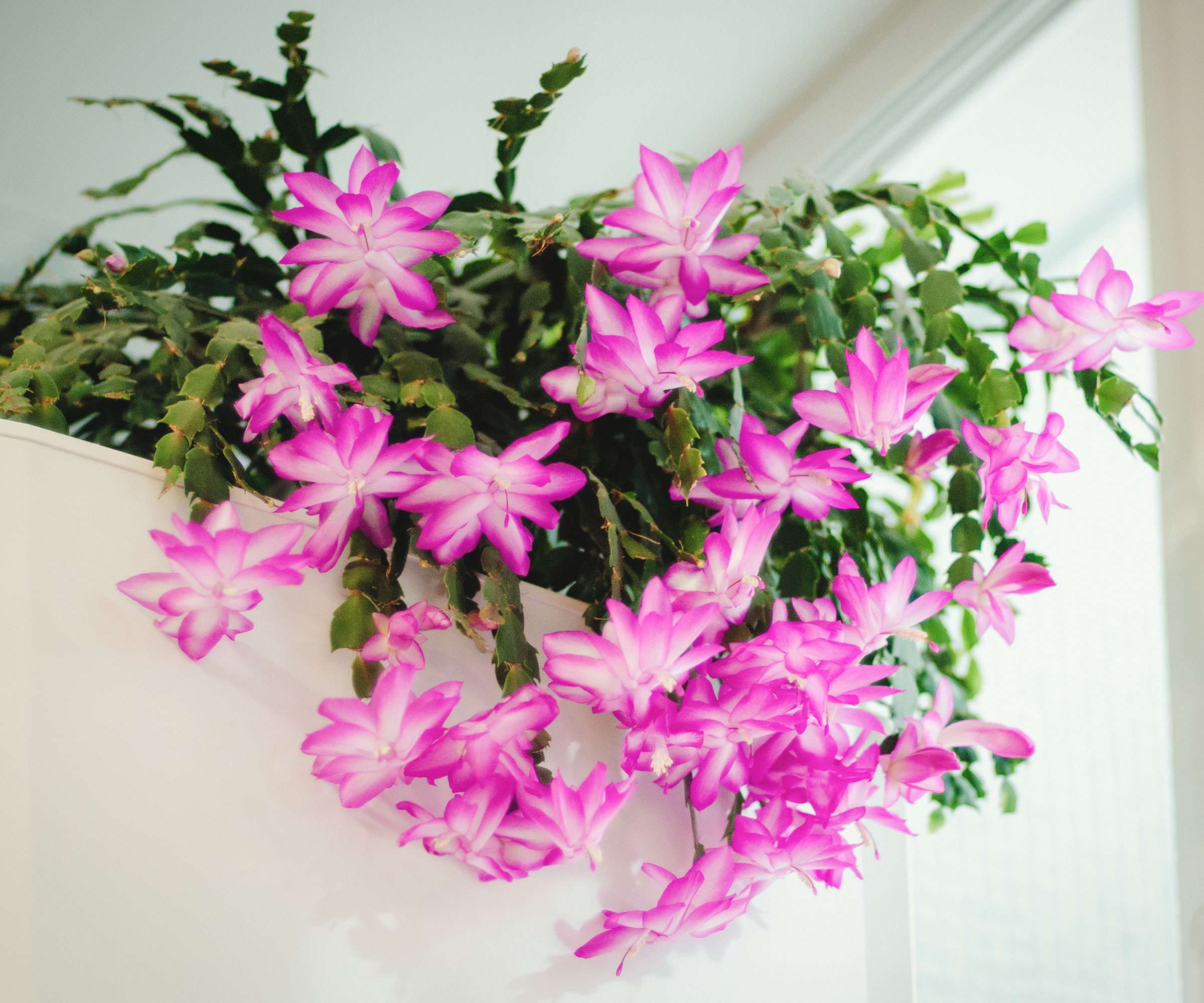
Christmas cactus is a gorgeous South American epiphyte categorized as a succulent (as it has no thorns). Native to tropical jungles, Christmas cactus makes a perfect houseplant that thrives in standard home temperatures and humidity. With proper care, this plant can reward you with tubular blooms of pink, purple, red, white, orange or even yellow for decades.
A succulent, Christmas cactus should be kept moist but not sodden. Grow in bright (indirect) sunlight and fertile, well-draining soil. When blossoms fade, move the container into a sunny window or outside for the summer in partial shade until temperatures drop, then bring it back into the home.
Frequently Answered Questions
Which ornamental trees make good poinsettia alternatives?
The Norfolk pine (Araucaria heterophylla) is a tropical conifer native to the South Pacific and hardy to USDA zones 10-11. It subs beautifully as a small Christmas tree in lieu of cut Douglas, Noble or other firs. Norfolk pines grow 6 inches (15cm) per year, eventually maxing out as houseplants at 5-8 feet (1.5-2.5m) in height. Their branching tends to be more delicate than traditional cut firs, but can still accommodate lightweight Christmas lights and ornaments.
For the best Norfolk pine care, grow in full sun and a well-draining, acidic potting medium. Although drought tolerant, they should be kept consistently moist. Fertilize with a 20-20-20 feed during the growing season. They tend to have a weak root system, so appreciate support.
This article features products available from third party vendors on the Gardening Know How Shop.

Amy Grant has been gardening for 30 years and writing for 15. A professional chef and caterer, Amy's area of expertise is culinary gardening.

